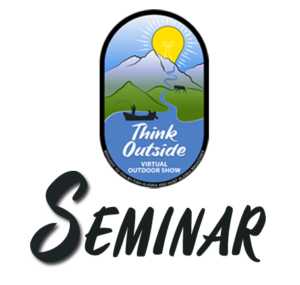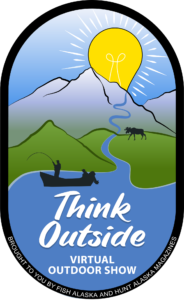
Tongass National Forest
Produced by Mark Hieronymus, Kayla Roys and Jenny Weis of Trout Unlimited
The Tongass National Forest in Southeast Alaska is our country’s largest and most unique national forest, at nearly 17 million acres. Mark Hieronymus works on the Fish Habitat Project for Trout Unlimited Alaska. The Fish Habitat Project is an effort to identify and document anadromous fish habitat in Southeast’s Tongass National Forest. It’s estimated that 50% of anadromous fish habitat in Alaska is undocumented. To learn more about this project, go to americansalmonforest.org.
Kayla Roys is the Southeast Alaska Outreach Coordinator for Trout Unlimited Alaska & America’s Salmon Forest. The Tongass National Forest happens to be the largest national forest in the United States, and salmon is an important part of all things Tongass. It is a driving force in southeast Alaska, bringing people, communities and industries together.
The three largest salmon producers in the Tongass National Forest are the Taku River near Juneau, The Stikine River near Wrangell, and the Unuk River near Ketchikan. These three rivers also produce the majority of Tongass king (Chinook) salmon. The headwaters of these rivers are in British Columbia, Canada, and they flow roughly westward into Alaska and the ocean.
One of the challenges with these transboundary rivers is that there isn’t much in the way of agreement between the US and Canada regarding things that might harm them. Mining in the headwaters is a major concern as Canada is in the midst of a mining boom, and history has shown that mining can have an extremely detrimental effect on watersheds and the life they support, including salmon.
Jenny Weis works for Trout Unlimited in Anchorage. In this video, she highlights a proposal called the Tongass 77 and current situation regarding the Roadless Rule. The Tongass 77 identified the 77 most fish-producing streams in the Tongass. The goal of the Tongass 77 is to preserve these areas of the Tongass. In 2001 the Roadless Rule passed, designed to protect 60 million acres of forest from clear-cut logging. Like mining, clear-cut logging has proven itself as detrimental to watersheds and fish. Last year, Alaska’s Governor and President Trump backed a deal that would remove those protections from 9 million acres of the Tongass. Exemptions for most activities can be granted, but not for clear-cut logging because of the damage it can cause. In fact, 100% of exemption requests have been granted, so it is not necessary to remove the protections provided by the Roadless Rule. TU and the overwhelming majority of Southeast residents oppose removing the protections of the Roadless Rule.
To learn more about these and other Tongass National Forest topics, go to americansalmonforest.org.

